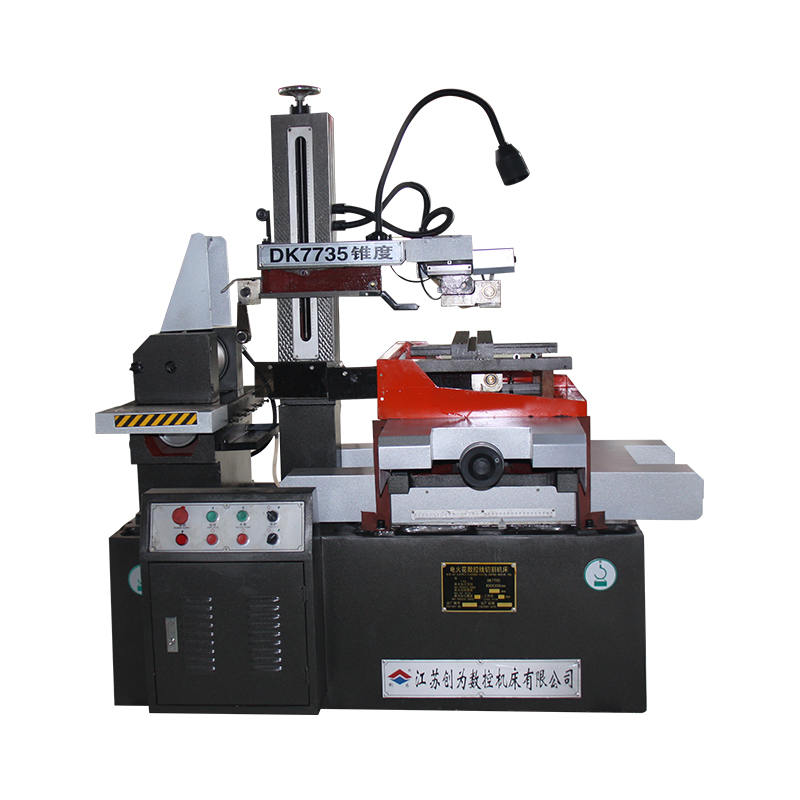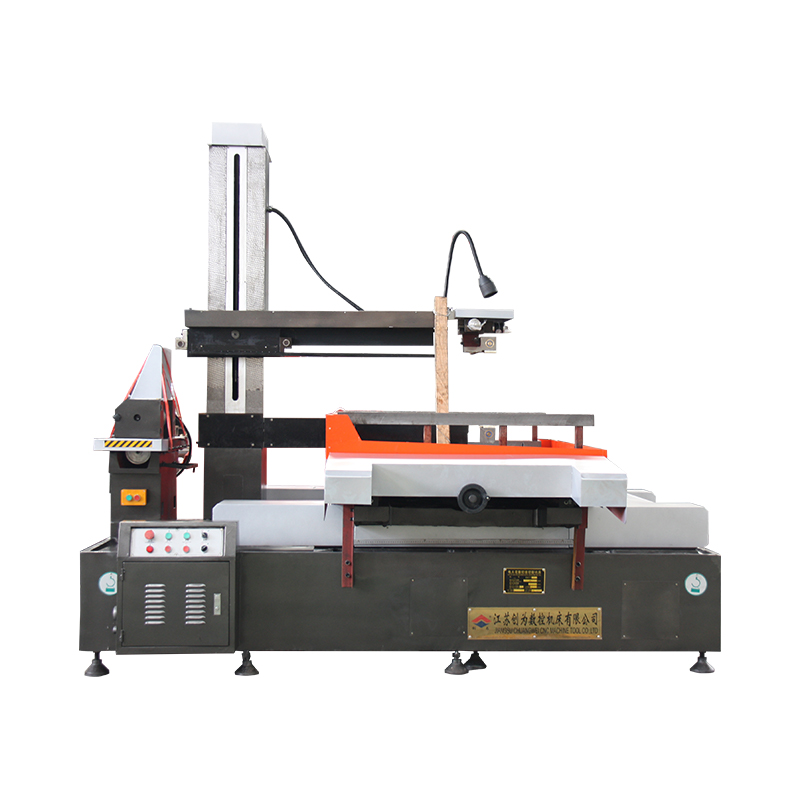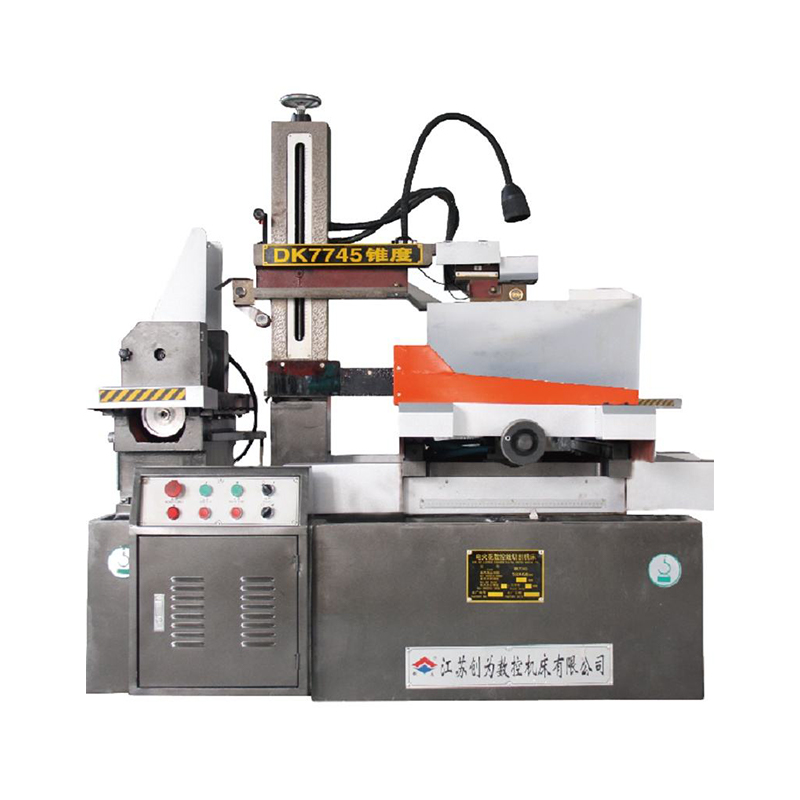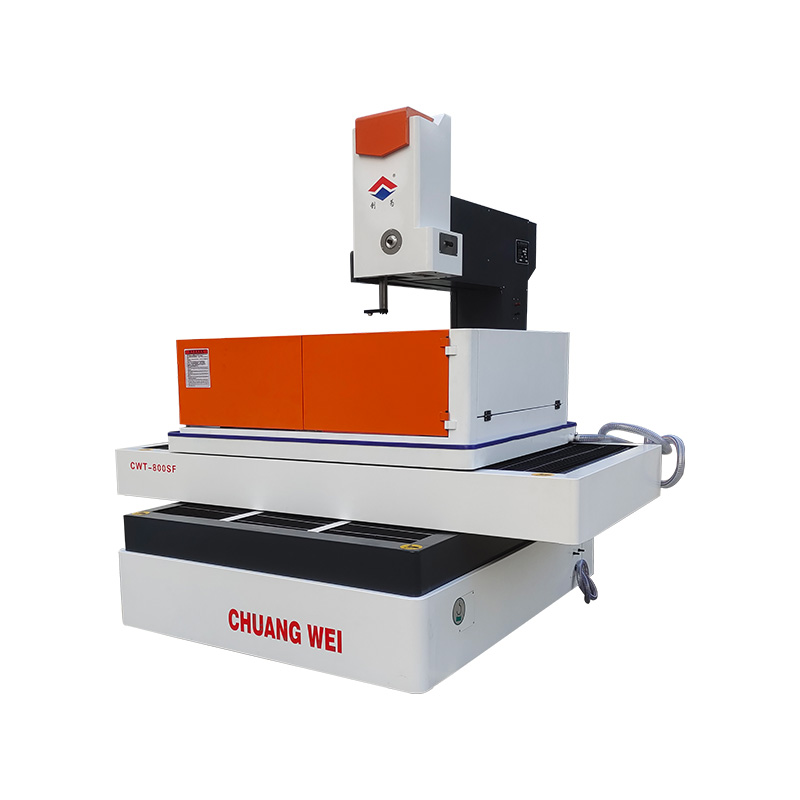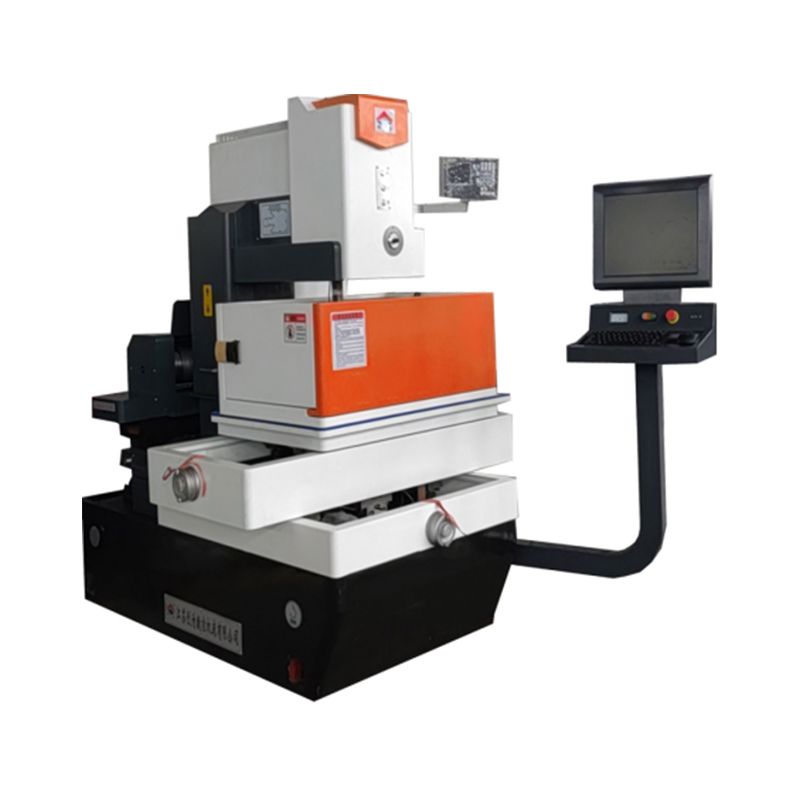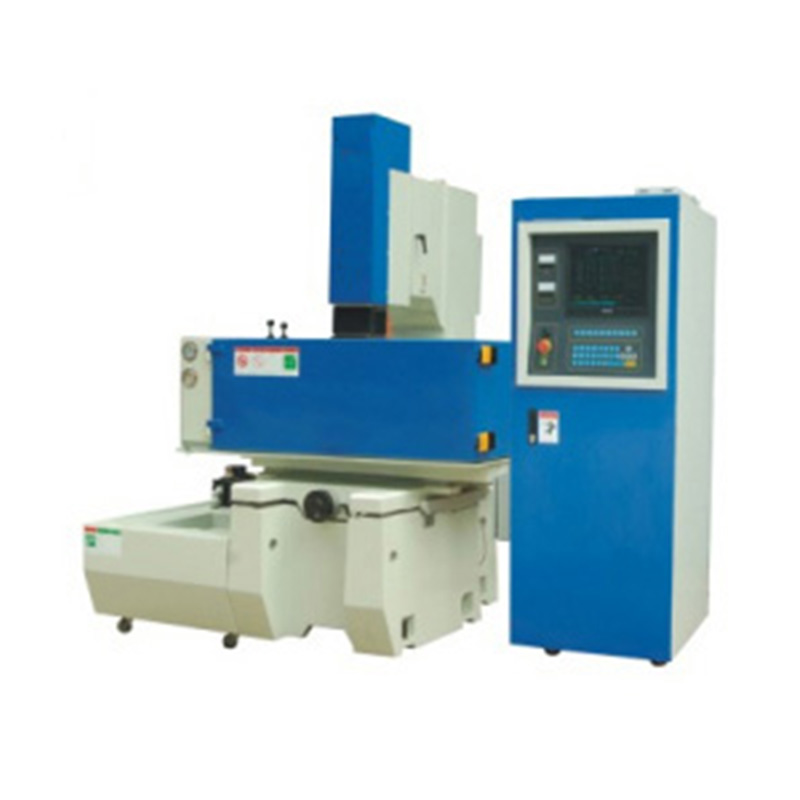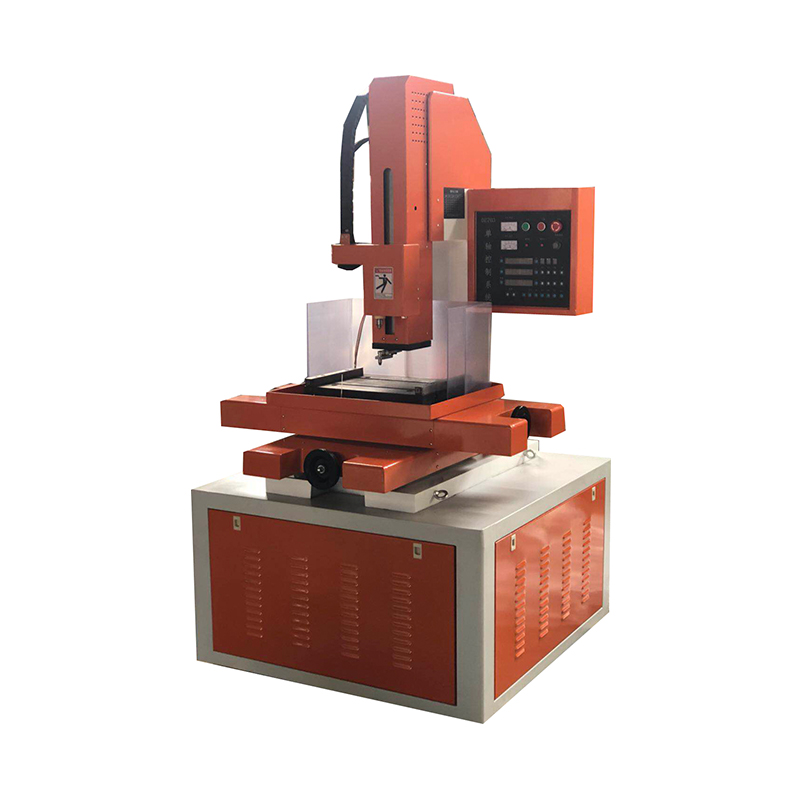What materials are best suited for use with EDM Die Sinking Machines?
 2024.08.13
2024.08.13
 Industry news
Industry news
When considering the materials best suited for use with EDM Die Sinking Machines, it’s essential to understand the fundamental principles of Electrical Discharge Machining (EDM) and the nature of the materials that interact well with this process. EDM Die Sinking, also known as sinker EDM, utilizes electrical discharges to erode material from a workpiece, which is submerged in a dielectric fluid. This process is highly effective for shaping and detailing hard, conductive materials that are difficult to machine with conventional methods.
The primary requirement for a material to be compatible with EDM Die Sinking Machines is its electrical conductivity. Since EDM involves creating electrical discharges between an electrode and the workpiece, the material must be able to conduct electricity to ensure effective machining. The most commonly used materials in EDM are various grades of steel, particularly tool steels such as A2, D2, and M2. These steels are chosen for their hardness and durability, which makes them ideal for creating precision molds and complex cavities. Hardened steel is particularly favored due to its high resistance to wear and its ability to maintain dimensional accuracy even after extensive machining.
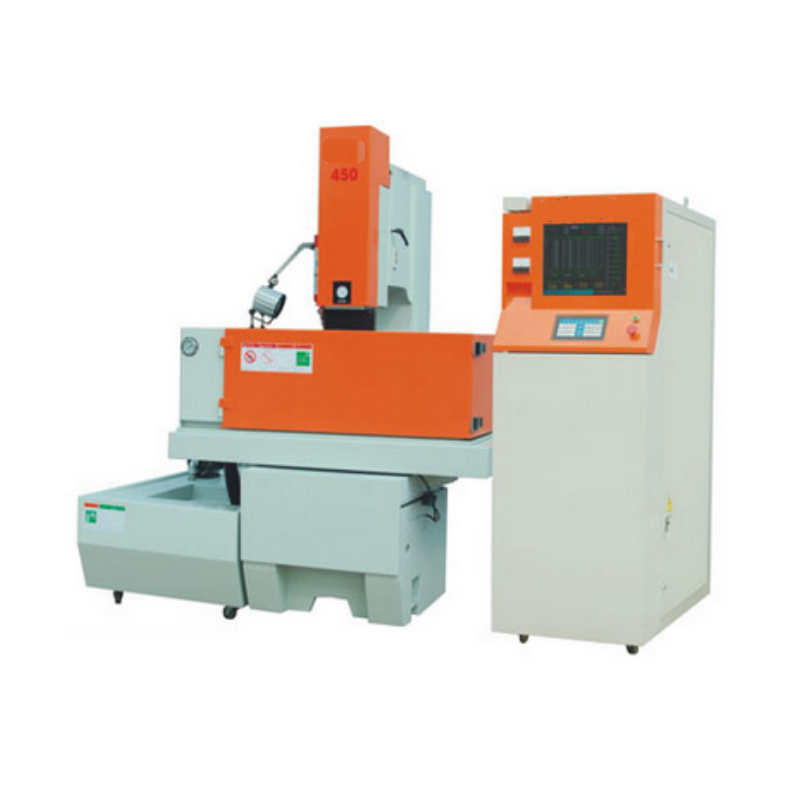
Another material that performs well with EDM is graphite, which is used as the electrode material rather than the workpiece. Graphite’s ability to withstand high temperatures and its superior conductivity make it an excellent choice for electrodes, particularly when detailed and intricate machining is required. Copper and its alloys are also used for electrodes, as they offer high thermal and electrical conductivity, although they are generally less durable than graphite under the intense conditions of EDM.
In addition to steel and graphite, EDM is effective on a variety of other conductive materials, including certain types of aluminum, brass, and even some high-performance alloys. These materials are often used in applications where lightweight or specific mechanical properties are required. For instance, aluminum is utilized when a lower density material is needed, while brass may be selected for its excellent machinability and ease of producing fine details.
One of the notable advantages of using an EDM Die Sinking Machine, particularly when incorporating advanced technology and high-quality components, is the ability to achieve highly intricate and precise shapes with superior surface finishes. This precision is crucial in industries such as aerospace, automotive, and mold-making, where exacting standards are mandatory. By leveraging EDM technology, manufacturers can create complex geometries and sharp internal corners that are otherwise challenging or impossible to achieve with traditional machining methods.
EDM Die Sinking Machines excel in processing hard, conductive materials with exceptional precision, making them indispensable in modern manufacturing. Whether working with tool steels for durable molds, graphite for detailed electrodes, or other conductive materials, the EDM process provides unparalleled capabilities for producing high-quality, complex components.


 English
English Español
Español
